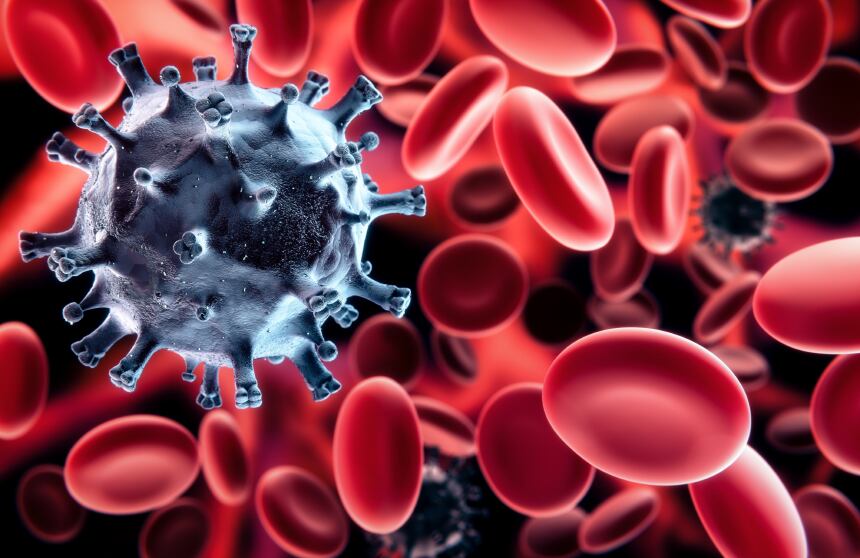Antimicrobial peptides found in the marsupial’s milk can kill fungal infections and bacteria that antibiotics have previously proved ineffective against.
The team — from the University of Sydney — published results that demonstrated these peptides, called cathelicidins, were capable of killing problematic human pathogens including methicillin-resistant S. aureus (MRSA) and vancomycin-resistant E. faecalis (VREF).
Antibiotic resistance - when bacteria adapt to become immune to the drugs - is on the rise, threatening public health.
A report released by the World Health Organisation (WHO) in April 2014 warned that "this serious threat is no longer a prediction for the future, it is happening right now in every region of the world and has the potential to affect anyone, of any age, in any country."
In this study the researchers found cathelicidin peptides present in Tasmanian Devil’s milk killed certain bacteria while leaving beneficial microbes untouched.
Furthermore, these cathelicidins would not cause the bacteria to evolve resistant strains as antibiotics do, additionally exhibiting high antimicrobial potency without any side effects.
Cathelicidin kill count

Of the six characterised cathelicidins (Saha-CATH1, 2, 3, 4, 5 and 6) identified in this study, Saha-CATH5 and 6 demonstrated broad-spectrum antibacterial activity against MRSA and VREF.
The antifungal activity of Saha-CATH3 proved effective against the fungi Cryptococcus neoformans, the species responsible for causing fungal meningitis and encephalitis.
Antifungicide activity of Saha-CATH5 and 6 was more restricted but both peptides showed activity against Candida krusei and Cryptococcus neoformans.
Saha-CATH5 and 6 also showed efficacy against Cryptococcus gattii, the fungal yeast responsible for cryptococcosis (lung infection), and basal meningitis.
“Their wide expression profile and broad-spectrum antimicrobial activity suggests devil cathelicidins are involved in epithelial defence in the pouch and at other sites on the body,” the study noted.
“In addition, devil cathelicidins may provide passive immunity to the young via the milk and could modulate immune responses to enhance protection during immune development in the pouch.”
Human breast milk has its own range of antimicrobial peptides from the cathelicidin family that assist in the effectiveness of immune components such as neutrophils, macrophages and mast cells.
The ability of these products to inhibit microbial growth is also associated with the immune defence strategy of organs such as skin, lung, gut and kidney.
At the epithelial interface, antimicrobial peptide production provides an important first line of defence against infection.
Further development

The study explained that Tasmanian devils were exposed to a range of harmful pathogens during adulthood.
Their aggressive behaviour, including fighting and biting, meant their immune system may have evolved mechanisms such as cathelicidins with broad-spectrum antimicrobial activity to compensate for this potential heightened exposure.
“Saha-CATH5 and 6 are potential candidates for development,” the study concluded. “Their ability to kill MRSA and VREF could translate into numerous applications as does the specificity of Saha-CATH3 for fungal membranes and lack of toxicity to mammalian cells.”
Source: Nature Scientific Reports
Published online ahead of print, doi:10.1038/srep35019
“Cathelicidins in the Tasmanian devil (Sarcophilus harrisii).”
Authors: K. Belov et al
